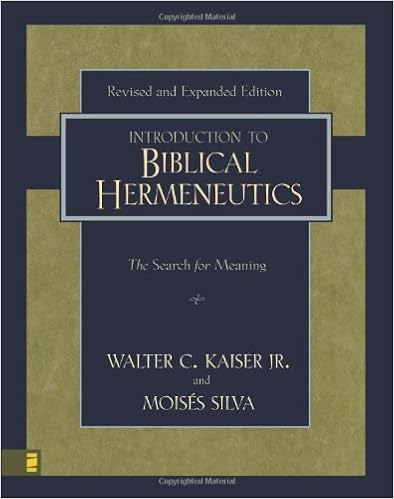Moisés Silva offers succinct, sage counsel on reading and interpreting the gospels:
The Biblical faith, as is almost universally recognized, has a historical character at its very foundations; in contrast to other religions, this feature is one of its most significant the stages. Moderns who seek to affirm the religious teachings of the Bible while rejecting its historical claims are more daring than Houdini. The resulting incoherence is logically unbearable. . . .
In addition to this theological obstacle, there is a literary snag. When reading any kind of literature, nothing is more important than doing justice to its character. If we attempt to understand Shakespeare’s Macbeth as a straightforward historical narrative, we misrepresent its total meaning. We may still be able to interpret many details correctly and even make sense of its message, but no Shakespearean scholar would put up with the inevitable distortions that would result.
In the case of the Gospels, every indication we have is that the writers expected their statements to be taken as historical.
The reason many students of the Bible believe they can downplay the historicity of the New Testament narratives is that these narratives do not always conform to the patterns of modern history writing.
[T]he historical trustworthiness of the gospels is not to be described in terms of modern historiography, which stresses clear and strict chronological sequence, balanced selection of material, verbatim quotations, and so on. In our real sense, the gospel writers are preachers. They select the events of Jesus’ life and his teachings, guided not by comprehensiveness but by their purpose in writing. They arrange the material not always on the basis of sequential order but with a view to impress upon the readers certain specific truths.
We get into trouble, therefore, when we approach the text with questions that the gospel writers were not interested in answering. . . .
When we study the parables, . . . we should be interested not only in their function during the ministry of Jesus but also in the way they are used by the gospel writers.
These writings . . . are like stained glass windows. Not only do they point to and reflect the light that is behind them, they also invite us to look at them and enjoy them for what they are.
– Moisés Silva, “But These Are Written That You May Believe,” in Kaiser and Silva, An Introduction to Biblical Hermeneutics, 107-108, 113, 109.
